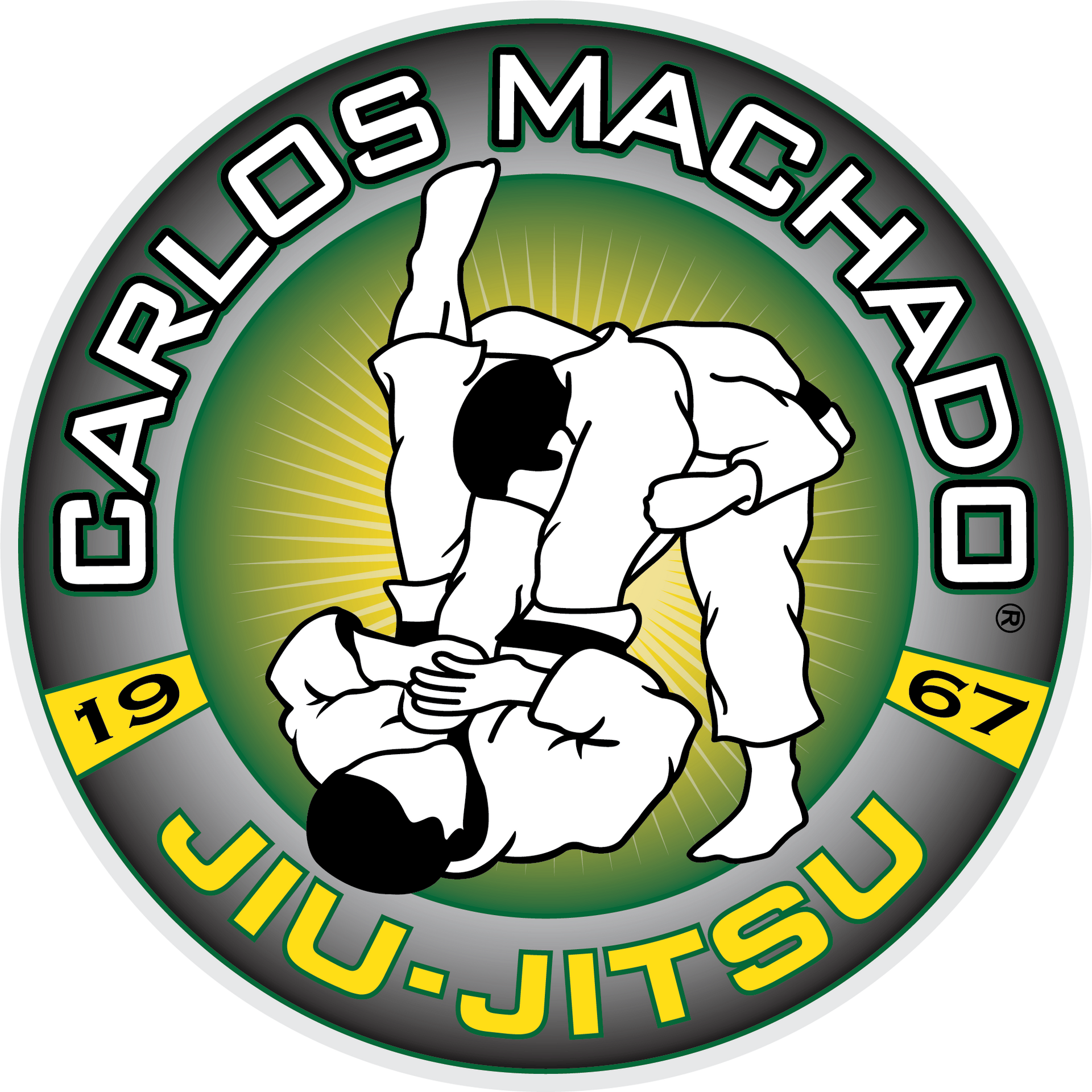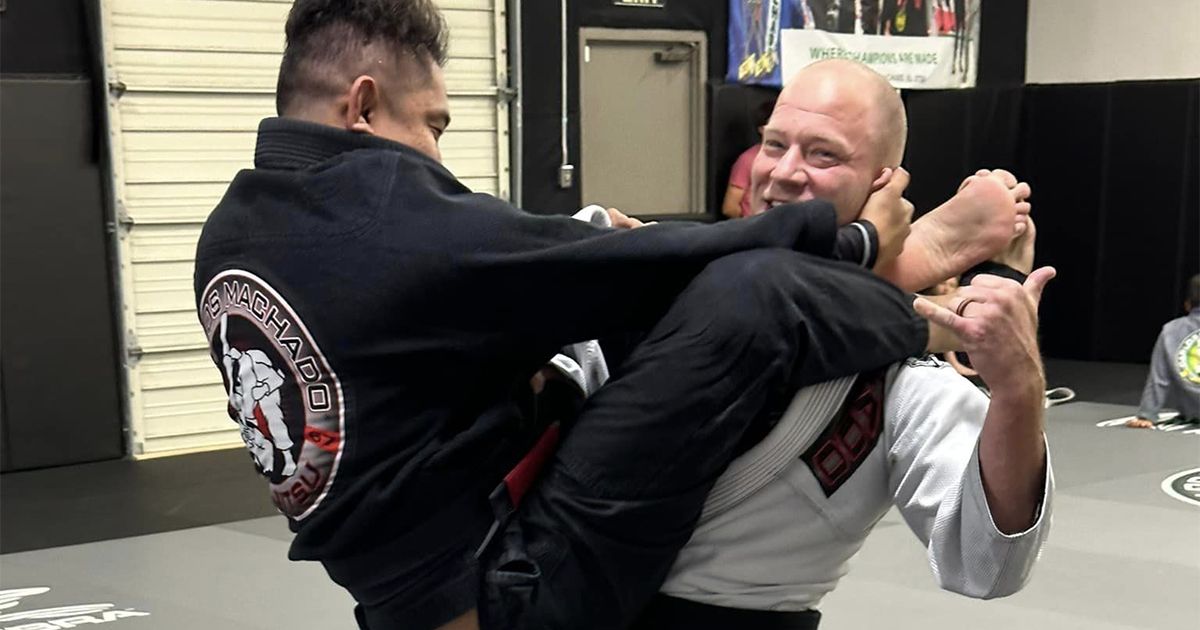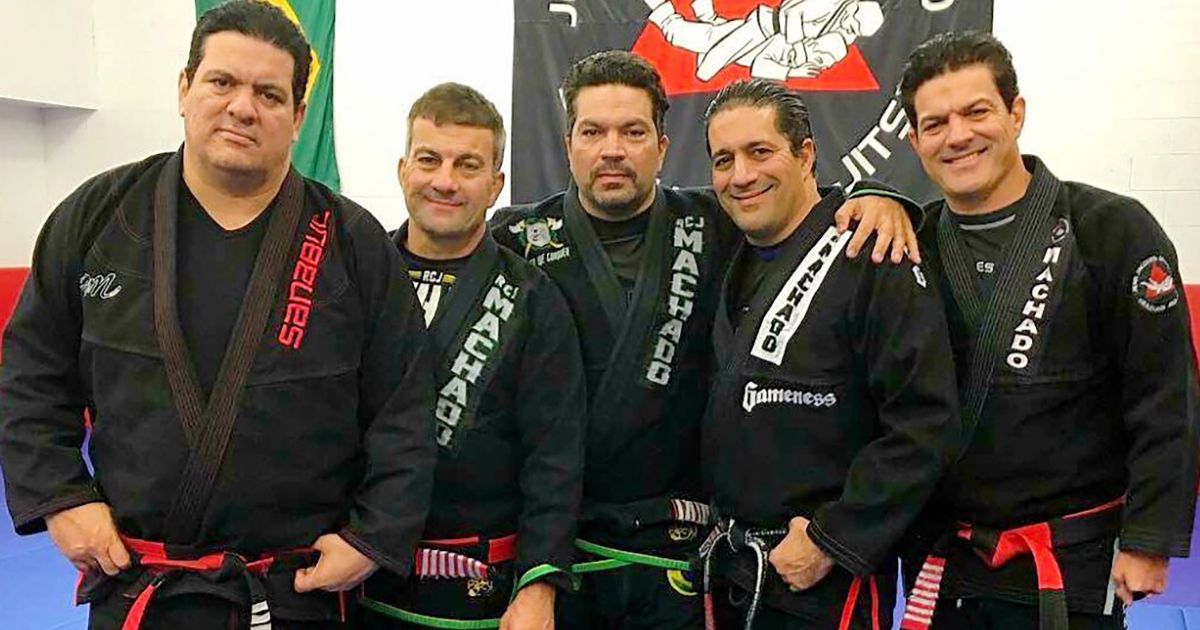Effective Techniques for Armbar and Kimura in Fighting
Positioning and Control
When it comes to Brazilian Jiu Jitsu, mastering the art of positioning and control is crucial for achieving success in a match. Effective positioning and control not only help in dominating your opponent but also pave the way for successful submissions. In this discussion, we will delve into some key techniques and strategies that can enhance your ability to maintain control over your opponent in a BJJ match.
Maintain a Strong Grip on Opponent's Neck for Control
One of the fundamental aspects of maintaining control over your opponent is to establish a strong grip on their neck. By gripping your opponent's neck firmly, you can limit their ability to move freely and exert pressure on them. This grip serves as an anchor point that allows you to control the pace and direction of the match.
To maintain a strong grip on your opponent's neck, you can utilize various techniques such as collar grips, lapel grips, or even a cross-collar grip. These grips not only provide you with control but also create openings for potential submissions.
Utilize Elbows as Wings to Match Opponent's Movements
Another effective technique for controlling your opponent is to utilize your elbows as wings to match their movements. By keeping your elbows close to your body and mirroring your opponent's actions, you can effectively neutralize their offensive attempts and maintain a strong defensive position.
Using your elbows as wings allows you to create barriers and block your opponent's advancements. This technique also enables you to feel your opponent's movements and anticipate their next steps, giving you a strategic advantage in the match.
Prevent Opponent from Stacking by Keeping Hip Elevated
Stacking is a common defensive strategy used by opponents to destabilize your position and break free from your control. To prevent your opponent from stacking, it is essential to keep your hips elevated at all times. By lifting your hips off the ground, you create a base of support that makes it challenging for your opponent to stack you.
Keeping your hip elevated not only prevents your opponent from gaining leverage but also allows you to maintain a dominant position from which you can launch your attacks. This technique is especially useful when attempting to secure submissions or transition to a more favorable position.
Control Opponent's Head to Prevent Angle Changes
Controlling your opponent's head is a strategic move that can effectively disrupt their balance and limit their ability to change angles. By applying pressure to your opponent's head or neck, you can manipulate their posture and prevent them from adjusting their position to gain an advantage.
When you control your opponent's head, you dictate the flow of the match and create openings for sweeps, submissions, or transitions. Maintaining consistent control over your opponent's head also limits their options and forces them to react to your movements.
Use Hip to Pull Opponent's Elbow for Submission
One of the most effective ways to secure a submission in Brazilian Jiu Jitsu is by using your hip to pull your opponent's elbow towards you. This technique creates leverage on your opponent's arm, making it easier to isolate the joint and apply pressure for a submission.
By utilizing your hip as a point of control, you can manipulate your opponent's arm and set up various submission holds such as arm bars, kimuras, or omoplatas. This strategic use of hip control not only enhances your submission game but also demonstrates your ability to capitalize on opportunities during a match.
Transitioning and Adjustments
When engaging in combat sports like Brazilian Jiu-Jitsu or wrestling, one of the key aspects of success is the ability to adapt and make quick transitions during a match. Transitioning and making adjustments on the fly can be the difference between winning and losing a bout. In this blog section, we will discuss some essential techniques and strategies for effectively transitioning and making adjustments during a match.
Switch Sides if Initial Attempt Fails
One common scenario in grappling sports is when you attempt a technique, but your opponent successfully defends against it. In such situations, it is essential to have the flexibility and adaptability to switch sides and try a different approach. For example, if you are attempting a takedown on your opponent's right side and it fails, quickly switch to their left side to catch them off guard.
Address Opponent's Arm Inside Leg with Hip Bump
When your opponent manages to get their arm inside your leg during a grappling exchange, it can limit your movement and options. In such a scenario, a useful technique is to use a hip bump to create space and disrupt your opponent's positioning. By executing a hip bump, you can off-balance your opponent and create an opportunity to regain control of the situation.
Break Opponent's Grip on Lapel for Better Control
While grappling, your opponent may establish a strong grip on your lapel or gi, making it challenging for you to execute techniques effectively. Breaking your opponent's grip on the lapel is crucial for gaining better control and positioning during a match. Techniques like grip breaks and grip fighting can help you break free from your opponent's hold and take the upper hand.
Adapt to Opponent's Arm Positioning for Effective Technique
Understanding and adapting to your opponent's arm positioning is vital for successfully executing techniques in grappling. Whether your opponent keeps their arms close to their body or extends them outward, you must adjust your strategy accordingly. By recognizing your opponent's arm positioning, you can choose the most effective techniques to counter their movements and gain the upper hand.
Utilize Hip Rotation and Knee Positioning for Specific Position
Proper utilization of hip rotation and knee positioning is crucial for achieving specific grappling positions and controlling your opponent. Whether you are looking to secure a dominant mount position or execute a submission hold, mastering hip rotation and knee position ing is key. By engaging your hips and knees effectively, you can create angles and opportunities to advance your position and technique.
Transitioning and making adjustments in the heat of a match require quick thinking, adaptability, and sound technique. By incorporating these strategies and techniques into your training regimen, you can improve your ability to transition seamlessly and make effective adjustments during grappling exchanges. Remember, flexibility and the willingness to try different approaches are essential elements of success in combat sports.
Finishing Moves and Leverage
Finishing moves in martial arts are crucial for securing a successful outcome in a match. Utilizing leverage can greatly enhance the effectiveness of these finishing techniques. Let's dive into some key strategies for finishing moves and leverage:
Spread out opponent's arms for leverage
When attempting a finishing move, such as a submission hold, spreading out your opponent's arms can increase your leverage. This makes it harder for your opponent to resist and escape the hold, giving you a better chance of securing the win.
Create shortcut with knee to secure grip
Using your knee to create a shortcut and secure a grip can be a quick and effective way to gain control over your opponent. By strategically positioning your knee, you can limit your opponent's movements and make it easier to execute your finishing move.
Use shoulder and hip movement for kimura leverage
When applying a kimura lock, utilizing shoulder and hip movement can amplify the leverage of the hold. By rotating your shoulder and hip in sync, you can increase the pressure on your opponent's arm, making it more difficult for them to escape the submission.
Finish kimura by pushing opponent's hand beyond head
To successfully finish a kimura lock, it is essential to push your opponent's hand beyond their head. This not only maximizes the strain on their shoulder joint but also limits their ability to maneuver and counter the submission.
Stabilize foot on hip and control lapel for effective finish
Stabilizing your foot on your opponent's hip and controlling their lapel can significantly enhance the effectiveness of your finishing move. This added stability and control make it harder for your opponent to escape and increase the chances of a successful finish.
TL;DR
Mastering finishing moves and leverage in martial arts is key to securing victory. Spread out your opponent's arms, use your knee to secure a grip, employ shoulder and hip movement for kimura leverage, push your opponent's hand beyond their head to finish a kimura, and stabilize your foot on their hip while controlling their lapel for an effective finish.





